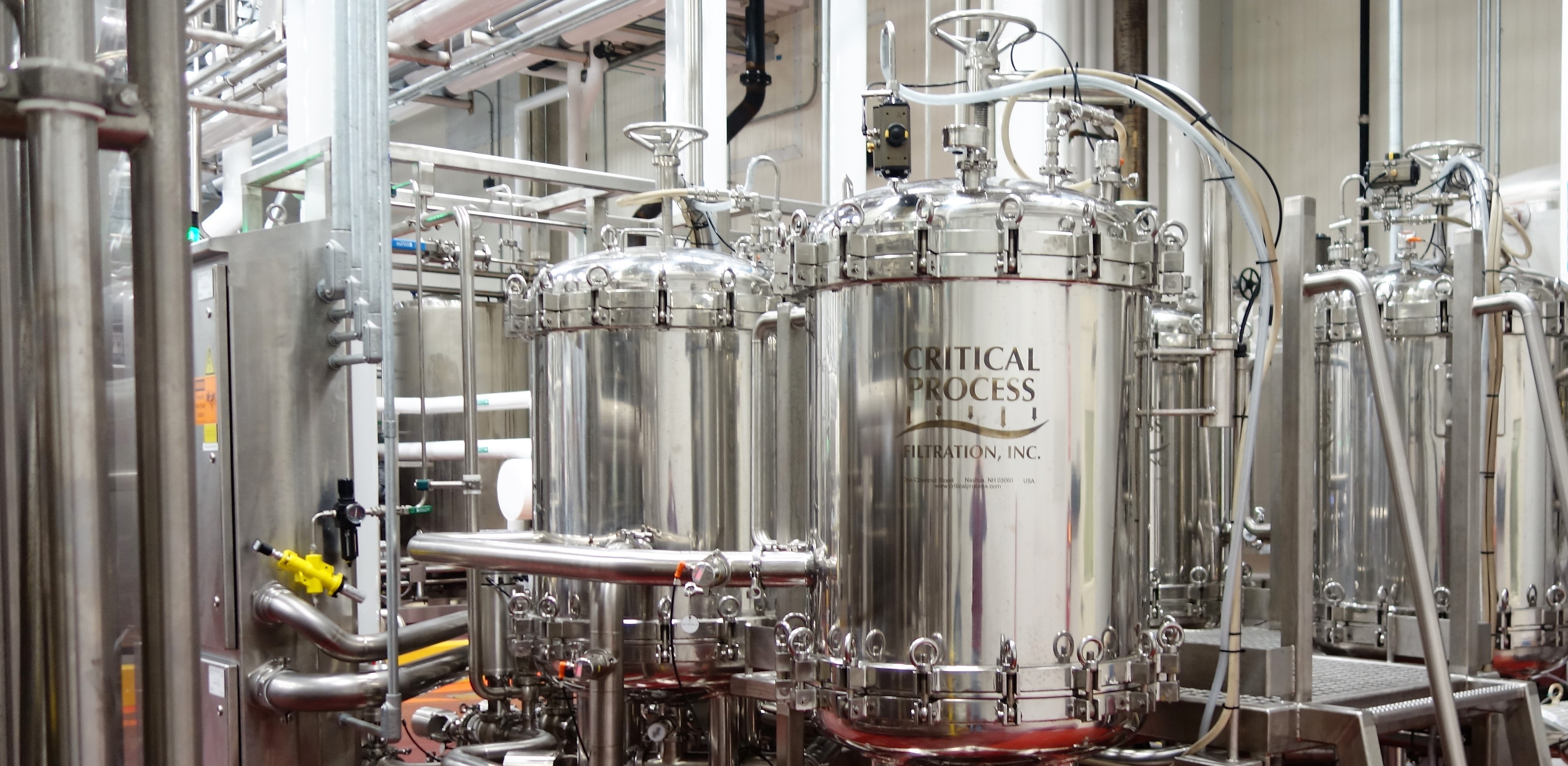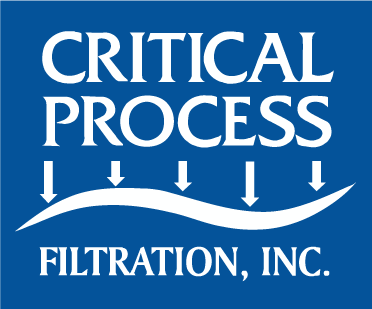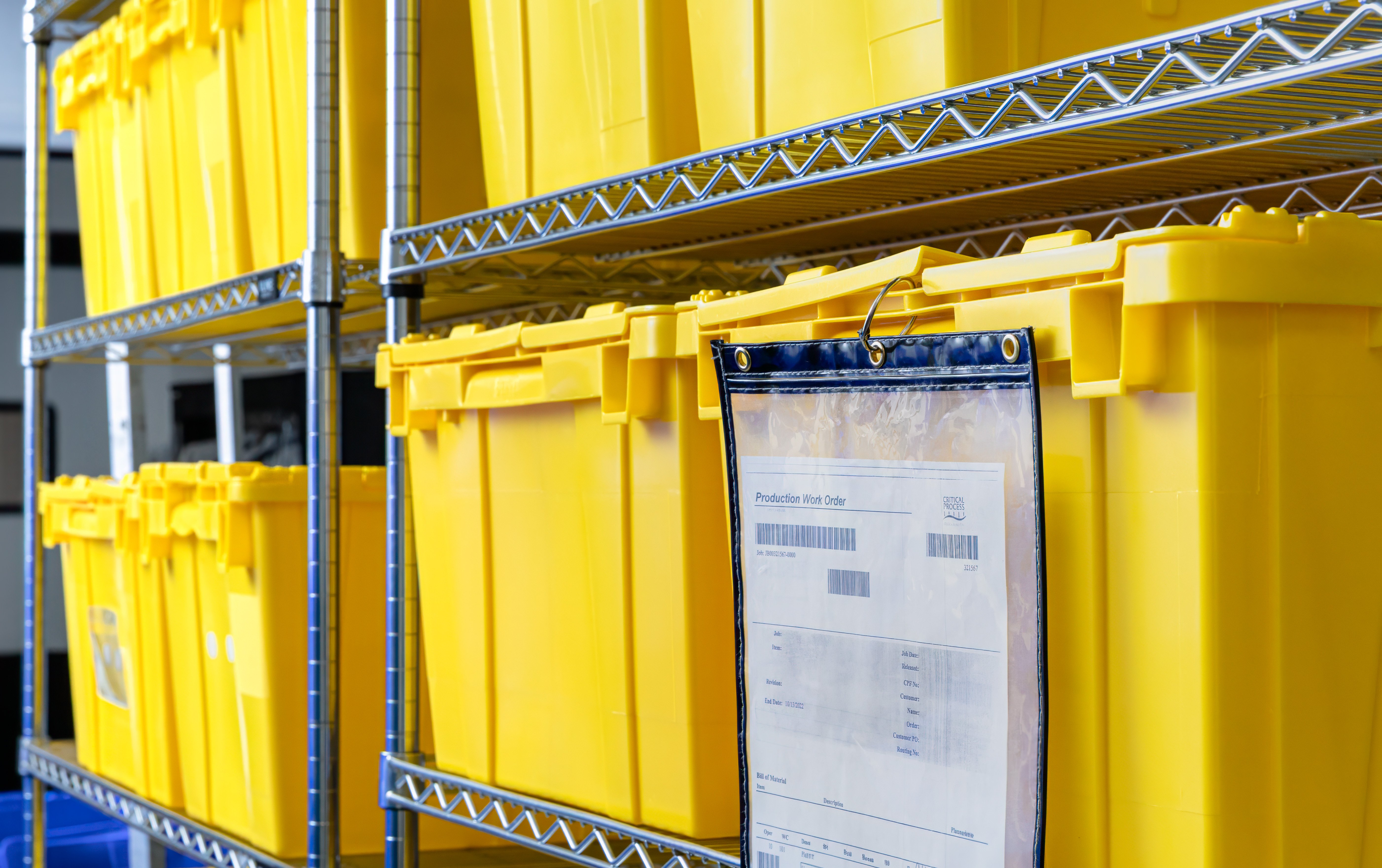0.22 vs 0.2 Micron Rating -- Is There Really A Difference?
In the realm of sterilizing filtration, micron ratings can be a bit confusing. Some suppliers call out a rating of 0.22µm. Others use 0.2µm. Some actually use both (usually but not always for different products). Is there really a difference?
First, A History Lesson:
In the early days of sterilizing filtration, a rating of 0.45µm was considered sufficient to create a sterile fluid. However, as time went on, users noticed bacteria growing downstream of their 0.45µm filters. This generated much investigation into why the filters weren’t working properly. Come to find out, there are bacteria smaller than 0.45µm, and these were causing the reported issues. It wasn’t that the filters weren’t working; it was that these smaller species could make their way through the membrane. Brevundimonas diminuta was considered the smallest of these, with a nominal size of >0.22µm.
Enter The 0.22µm Membrane:
Membrane manufacturers then introduced a tighter membrane for sterilizing filtration. But what to call it? Some manufacturers chose 0.22µm as that was the size of the bacteria it was designed to remove. Subsequently, other manufacturers chose 0.2µm, perhaps because it sounded smaller than 0.22 or to differentiate themselves from existing suppliers.
Now, A Quick Math Lesson:
In order to call something 0.2µm, the actual value needs to be rounded off to 0.2 with no additional decimal places. This means anything between 0.150 and 0.249 would be rounded off to 0.2. To round off to 0.22, the values need to range from 0.2150 to 0.2249. As shown in the illustration below, even though 0.2µm sounds smaller, a rating of 0.22µm is much more precise with a much narrower range.

Technically speaking, the entire range of 0.22µm could accurately be called 0.2µm, while the range of 0.2µm is well beyond what could accurately be called 0.22µm in both directions.
Finally, Does It Really Matter?
The filter specifications for 0.2 and 0.22µm are virtually indistinguishable. They have very similar flow rates, bubble points, throughput, etc. What really matters is that to be called sterilizing, the filters must pass ASTM F838 test protocols and exhibit a bacteria removal capability of 7-log / cm². As long as both ratings have passed this test, they can both be used for sterilizing filtration.
The difference boils down to what the vendor chooses to call it. There really is no difference in performance.





